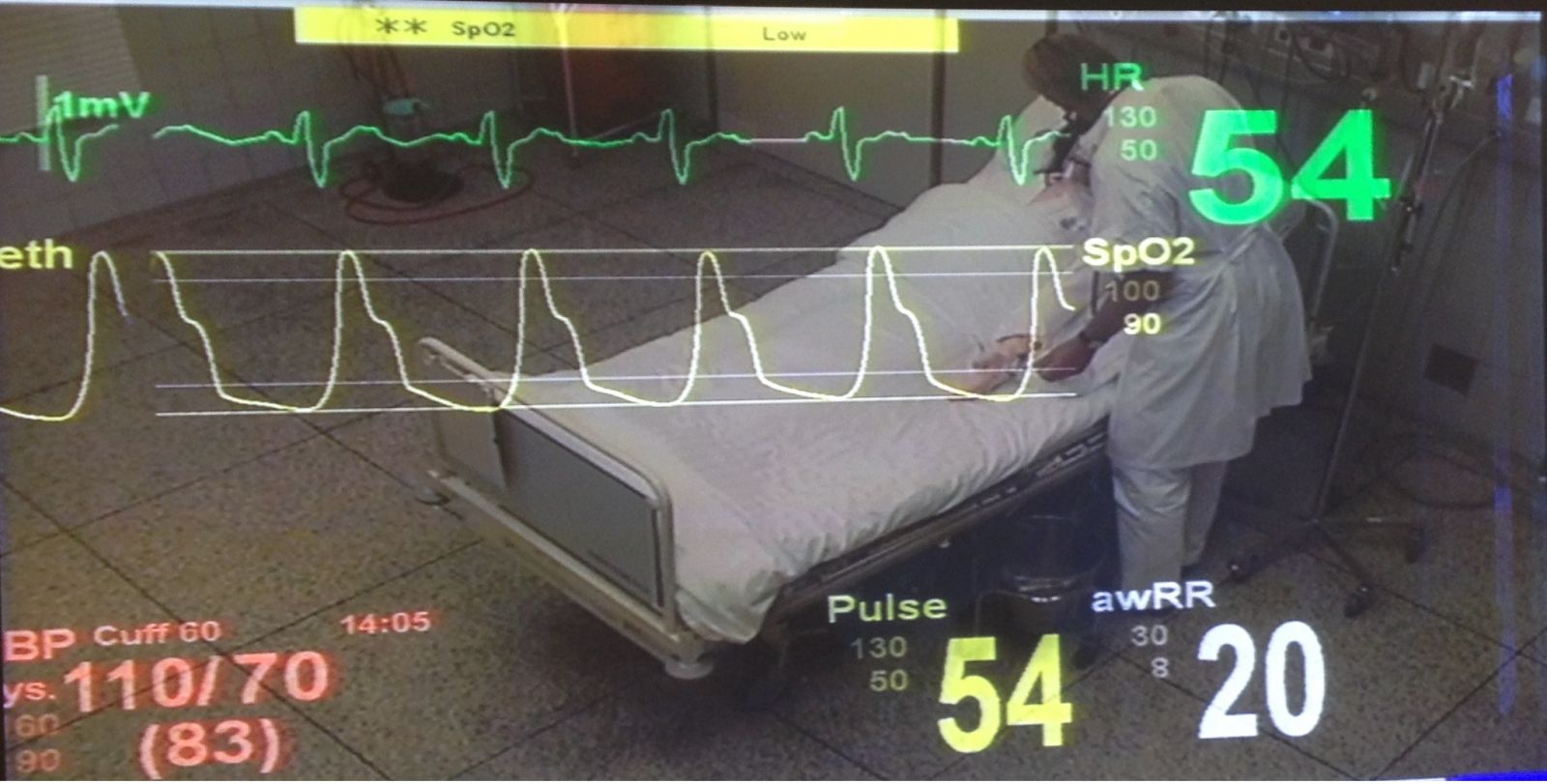
| Theme: 10II Simulator | |||
 |
||||||
| Satisfactory professional benefit from simulation-based training in acute medical conditions | ||||||
|
||||||
The aim of this study is to investigate the learning outcome of three different setups using the time in between simulation-based training for Danish medical interns.
57 Danish medical interns devided into 6 teams underwent two days of simulation-based training in acute medical conditions using the SimMan 3G simulator (Laerdal Denmark, Copenhagen). Between simulations interns participated in a priority exercise challenging their ability to prioritize patients. They also observed other interns simulations at the simulation ward or observed the simulations in the debriefing room. A questionnaire was used to evaluate the self-reported learning outcome.

By reducing the time spent observing other interns performing simulations a higher learning outcome can be achieved.
To be team-leader at simulations received 5.7 points of 6.0 possible with a significant better learning outcome than any other positions (p<0.001). To assist the team leader received 4.8 points. The priority exercise received 4.6 points with no significant difference between this and assisting the team leader (p=0.15). To observe simulations in the debriefing room or in the simulation ward received 4.2 and 4.1 point respectively, without significant difference between the two functions (p=0.95).
A very good self-reported learning outcome are received when participating in simulation based training. The learning outcome can be increased by introducing a priority exercise and reduce the time spends as an observer.
- Aggarwal R, Mytton OT, Derbrew M et al. Training and simulation for patient safety. Qual Saf Health Care 2010;19(suppl 2):i34-43.
- Zigmont JJ, Kappus LJ, Sudikoff SN. Theoretical foundations of learning through simulation. Semin Perinatol 2011;35:47-51.
- Ziv A, Wolpe PR, Small SD et al. Simulation-based medical education: an ethical imperative. Acad Med 2003;78:783-8.
- Motola I, Devine LA, Chung HS et al. Simulation in healthcare education: a best evidence practical guide. Med Teach 2013;35:e1511-30.

 Send Email
Send Email